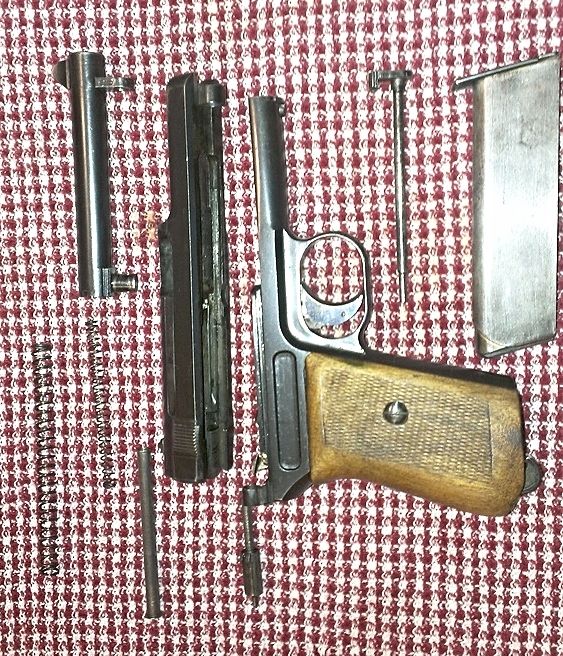The other day I stupidly wandered into THAT pawnshop with my wallet and credit card. They had "some old 32" automatic that they didn't know much about. I walked out the door with it for $300 total. It is a Mauser Model 1914 32acp. I got a good but not outstanding deal. It is in pretty good shape. Today I did a field strip and cleaning, as well as replacing the recoil and striker springs. The poor old veteran was bone-dry and the barrel seems to be slightly pitted. The serial number indicates it was made in 1916, and it has an imperial acceptance stamp that shows it was accepted into the Kaiser's army.
I plan on taking it to the range next weekend. I will post a range report then. It has some wear, but not a lot. I don't think it has been shot very much.



I plan on taking it to the range next weekend. I will post a range report then. It has some wear, but not a lot. I don't think it has been shot very much.



Last edited:
